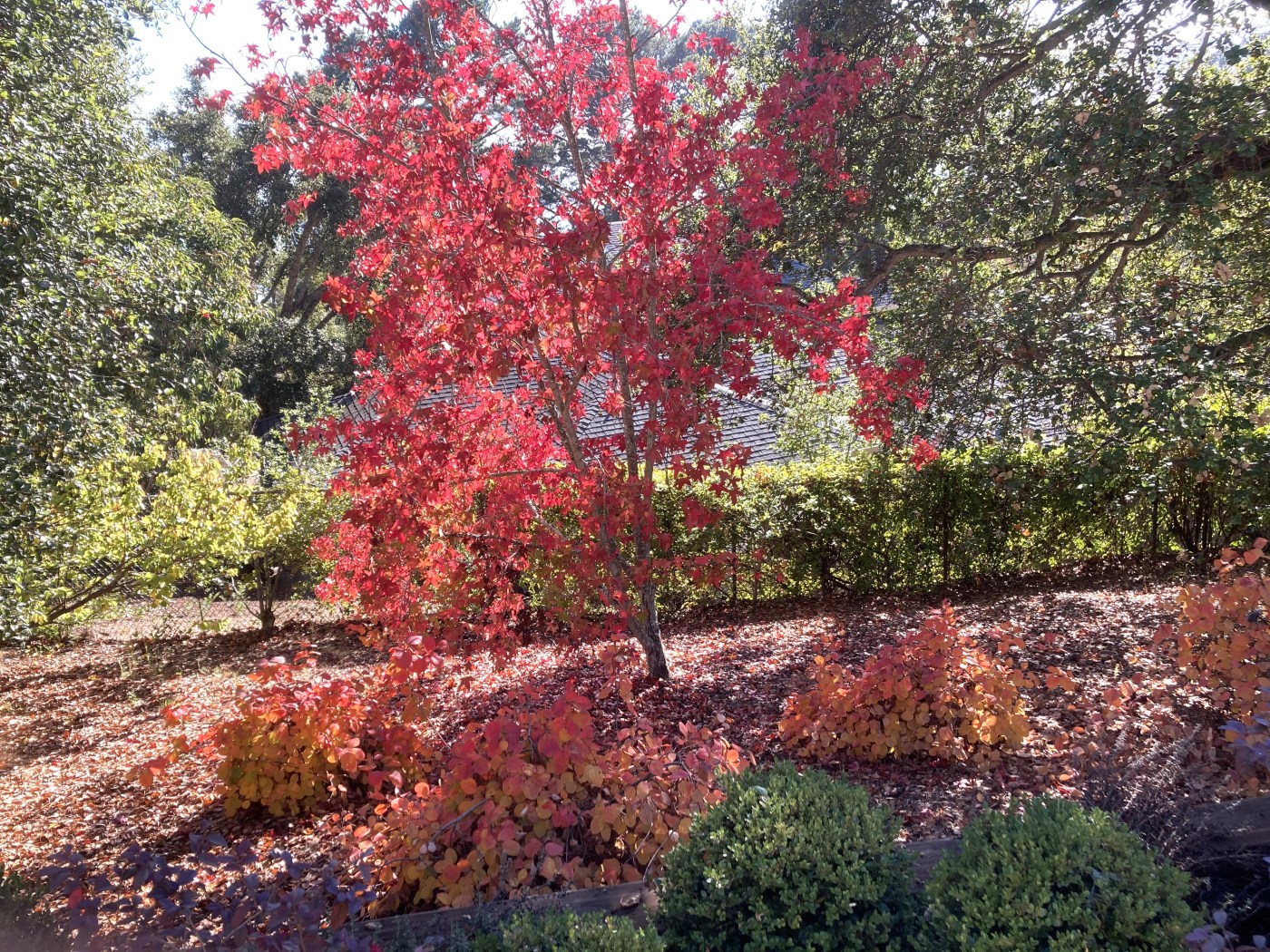
Phenology is the study of seasonal changes in plants and animals from year to year, such as when flowers bloom, birds nest or insects emerge. Derived from the Greek word “phaino,” meaning “to show” or “to appear,” phenology helps us observe and understand how the natural world responds to climate and environmental changes over time.
Gardeners, farmers, naturalists and scientists have long relied on phenology to guide decision-making. Indigenous communities and early agricultural societies based their planting and harvesting cycles on the appearance of specific plants and the migration of animals.
Phenology is all about timing. For gardeners and farmers, seasonal changes signal the best times to plant, prune, fertilize and harvest. Shifts in temperature — warmer or cooler — can move these events weeks earlier or later on the calendar. Phenology also plays a critical role in pest and disease management. By tracking seasonal patterns, gardeners can better time interventions such as applying beneficial nematodes or setting pheromone traps for wasps.
Related Articles
Behind Bay Area man’s triumph in Super Bowl of giant pumpkin contests in Half Moon Bay
‘Absolutely wonderful’: Petaluma lavender farm brings joy to growers, visitors alike
Right rose, right place: The success of the ubiquitous ‘Iceberg’ rose
QuickCook: Gazpacho with a secret ingredient
How to pickle your garden harvest of peppers, cucumber and even watermelon
These seasonal patterns are especially vital for pollinators. When the timing is right, pollinators arrive just as the plants they rely on for nectar and pollen are blooming. But when that timing is off, the results can be harmful. For example, if native bees emerge before their host plants bloom, their survival is at risk. Similarly, if native milkweed doesn’t go dormant in time to prompt monarch butterflies to migrate to overwintering sites, the monarchs may be endangered.
Applying phenology in the garden
In California’s Mediterranean climate, fall is the ideal time to plant native plants, trees and shrubs. Cooler temperatures reduce transplant shock, and plants benefit from the end-of-autumn storms and the full winter rainy season. This allows roots to grow deeply before summer droughts arrive, making plants more resilient and drought-tolerant.
When you see the signs of fall:
• Adjust irrigation to conserve water. Reduce watering as the days shorten, temperatures cool and rain returns.
• Collect and divide. Fall is a great time to collect seeds and divide perennials you’d like to propagate or relocate.
• Leave the leaves. Avoid blowing, shredding or raking fallen leaves. They provide habitat for beneficial insects that feed birds and pollinate your garden. Leaves also suppress weeds, add mulch and enrich the soil. Leave acorns under oaks for birds and squirrels.
• Plant annual wildflowers. After the first rains, plant California poppies (Eschscholzia californica). These wildflowers are monitored by the California Phenology Project at the Golden Gate National Recreation Area.
• Sow cover crops. In vegetable beds, sow fava beans, peas, mustard, vetch or a mix of cover crop seeds. These plants enrich the soil for the next growing season. Water them until consistent rainfall begins.
• Plant bare-root trees and shrubs. These soil-free plants are economical and establish strong root systems when planted in the fall. Soak roots before planting and dig wide holes to accommodate healthy growth.
• Add spring bulbs. Plant bulbs point side up and root side down about three times as deep as their width. Don’t amend the soil. Choose a variety for staggered blooming and vibrant spring color. There are several California natives like Calochortus luteus (mariposa lily) and Dichelostemma congestum (ookow/snake lily) that bloom in the spring and require no summer water.
Phenology reconnects us with the rhythms of the Earth and how they are changing. By observing signals in your garden, like the bloom of a certain flower, you can make more informed gardening decisions for an Earth-friendly garden.
A wealth of data is available through the USA National Phenology Network, which invites volunteers to submit seasonal observations of local plants and animals. In California, citizen scientists can also contribute to the California Phenology Project and iNaturalist, a part of the California Academy of Sciences, helping to build vital ecological knowledge and support climate research across the globe.
Sponsored by UC Cooperative Extension, the University of California Marin Master Gardeners provide science- and research-based information for home gardeners. Email questions to [email protected]. Attach photos for inquiries about plant pests or diseases. The office is closed for drop-in visits. Subscribe to the Leaflet, UC Marin Master Gardener’s free quarterly e-newsletter, at marinmg.ucanr.edu.